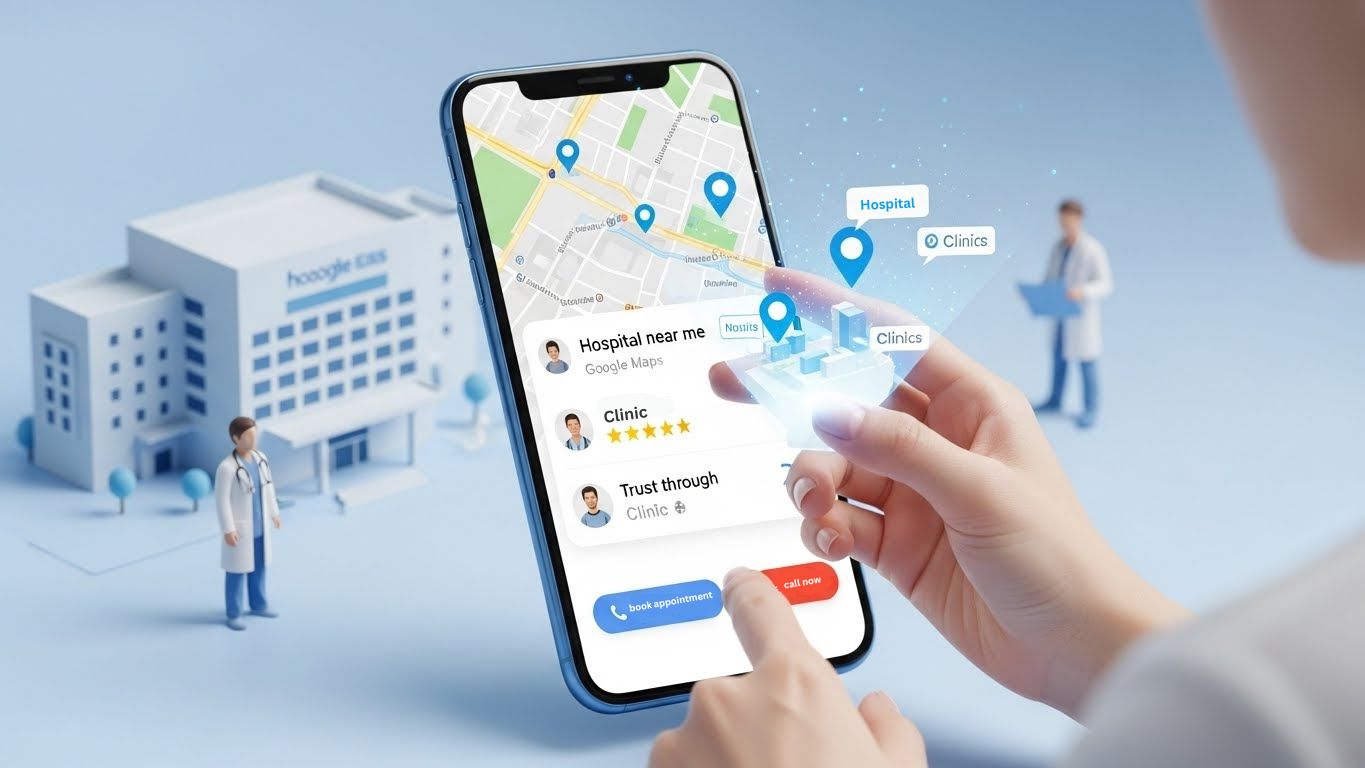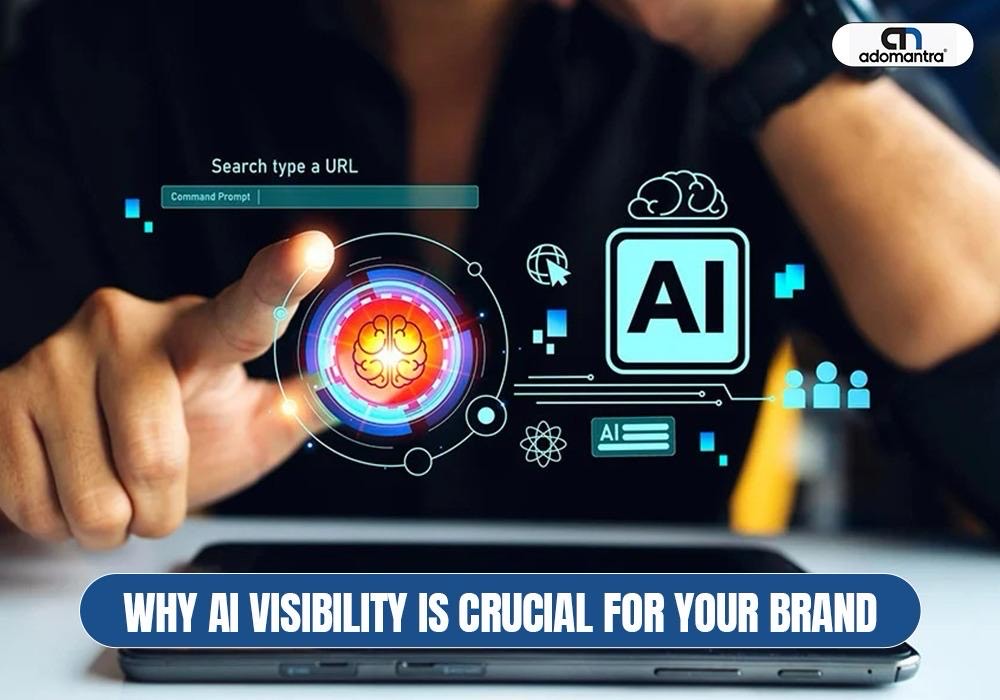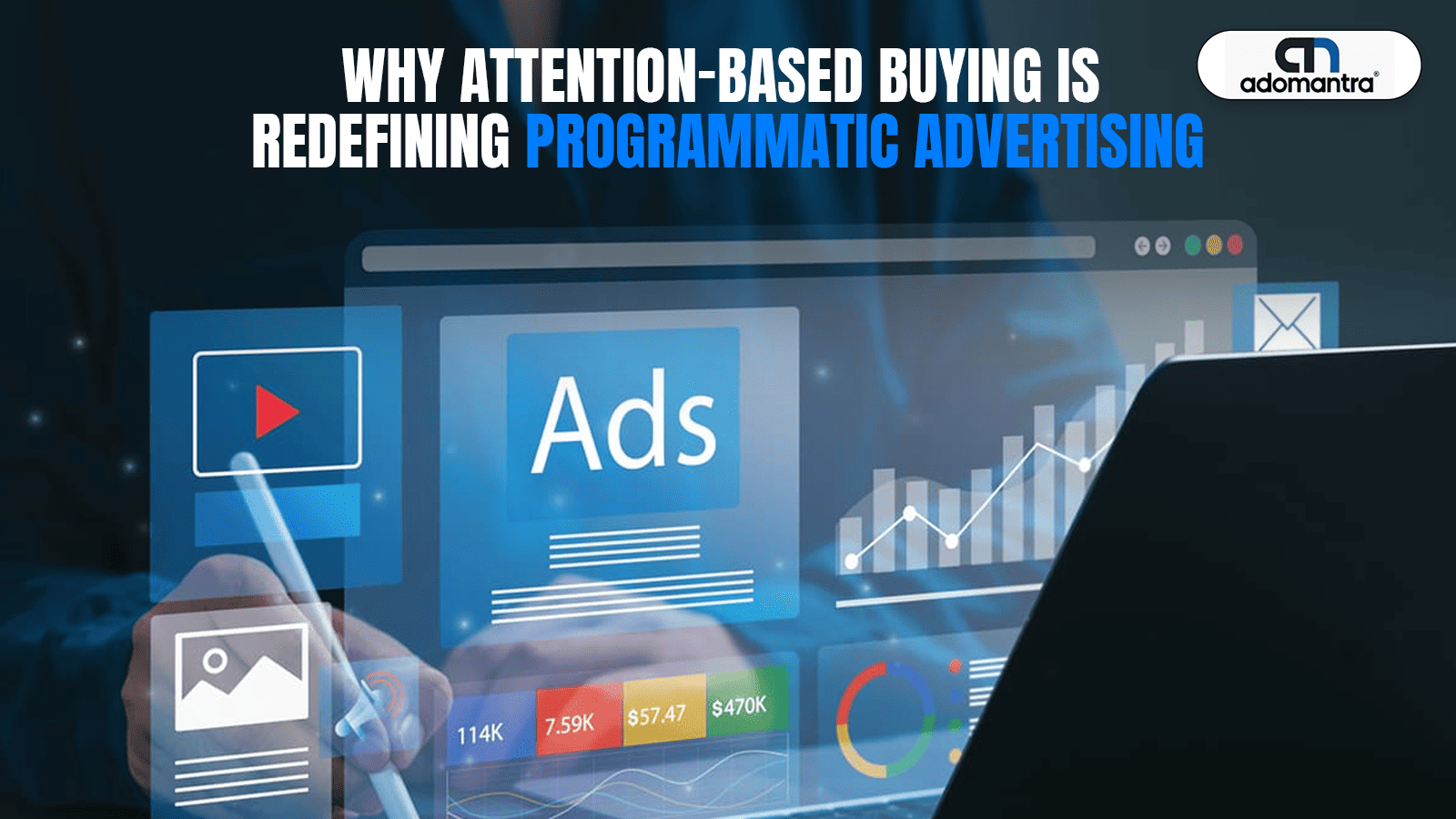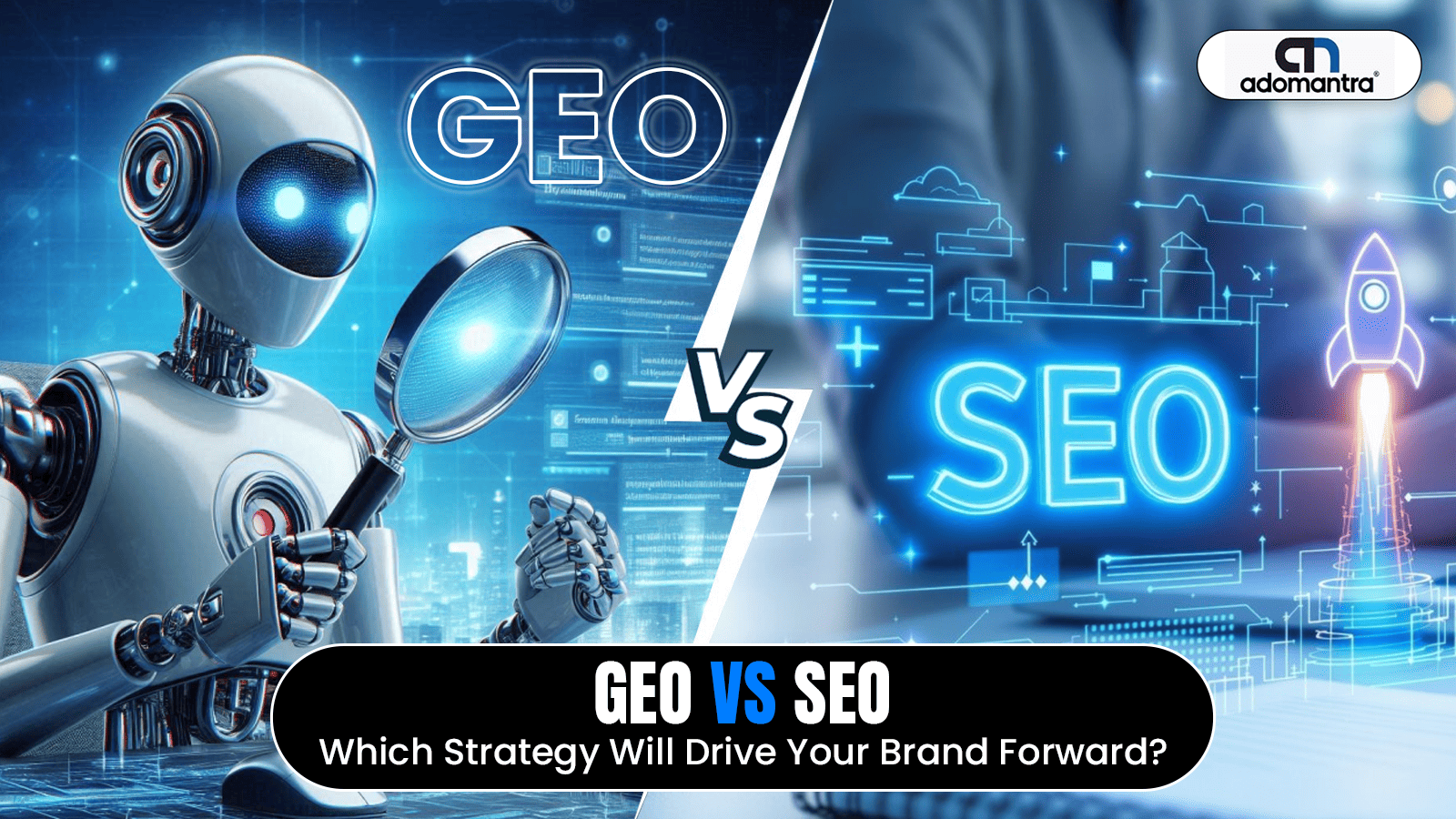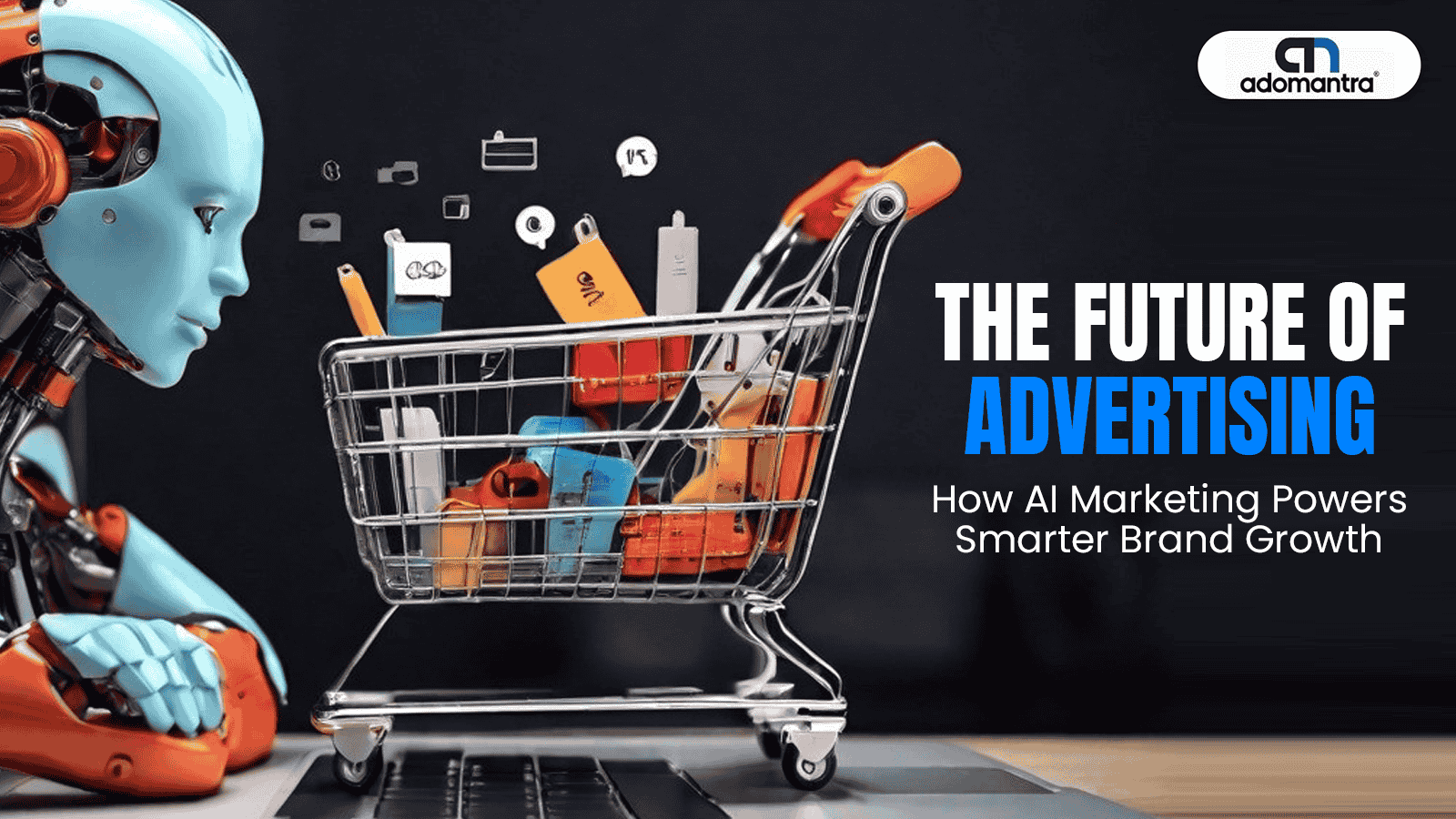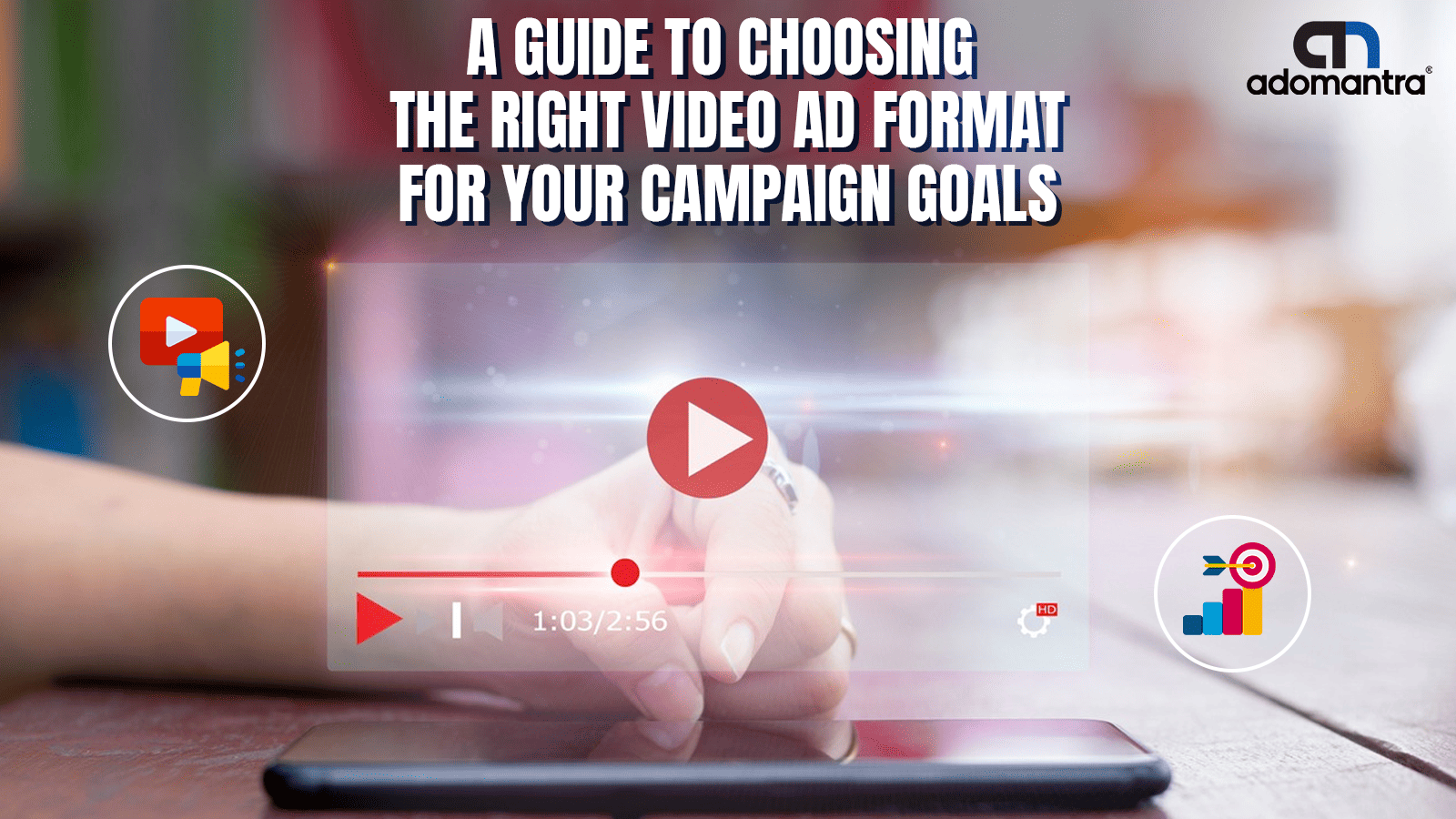
Why Choosing the Right Video Ad Format Can Make or Break Your Campaign
Not all video ad formats work the same way. Some help people remember your brand. Some make people click. Some do both. But picking the right video ad format for your campaign can mean the difference between wasting money and getting people to interact with your ad.
In a digital world where ads can be skipped and people have short attention spans, it's important to know what works and where. Video is one of the most popular types of content on all platforms. Wyzowl's 2024 Video Marketing Report says that 91% of businesses use video to market themselves, and 96% of marketers say it's a key part of their strategy.
But here's the thing: the format is important. If you show the most creative video in the wrong way or setting, it won't work. This guide tells you everything you need to know to choose the best video ad format for your campaign goals, making sure that every second of video is useful. Read on to find out more!
1. Understand Your Campaign Goals First
Set your goal before you start working on formats. Is it:
- Awareness of the brand
- Traffic to the website
- Getting leads
- Thinking about the product
- Installing apps
- Conversions
You need to take a different approach for each goal. For instance, bumper ads are great for getting people's attention because they are short, to the point, and can't be skipped. When you want more website traffic or conversions, on-stream ads with CTAs work better.
Pro Tip: If your goal is upper funnel (awareness), focus on reach and impressions. For lower funnel (conversions), focus on engagement metrics and performance.
2. Explore the Most Popular Video Ad Formats
Here’s a breakdown of major formats and how they align with different campaign goals:

a. Skippable In-Stream Ads
The main formats and how they correspond with various campaign objectives are broken down here:
- Ads that can be skipped during, before, or after a video
- After five seconds, viewers can skip.
- Excellent for storytelling and engagement
- Ideal for: Product consideration and brand awareness
According to Google Internal Data, 70% of YouTube users prefer skippable advertisements.
b. Non-Skippable In-Stream Ads
- Require the audience to watch the full commercial.
- 15 to 20 seconds is the norm.
- Works when you have a message that is impactful and sharp.
- Ideal for: Awareness and recall of the brand
Note: Only use this if you are confident of your content.
c. Both ads and bumper ads are the same
- 6 seconds and non-skippable
- Designed for maximum reach
- Optimal for mobile users and users with limited attention spans
- Ideal for: Immediate brand recall and broad reach
Fact: Think with Google reports that bumper ads increase ad recall by an average of 107%.
d. Outstream ads
- Run outside video content (e.g. running on news outlets or blogs)
- Auto-plays on mute when in-screen
- Great for mobile audiences
- Ideal for: Awareness and reach in mobile-centric audiences
e. In-feed video ads
- Appears in search results or on browsing feeds
- Users need to click to play
- Highly targeted and user-initiated
- Ideal for: product demos, brand storytelling, consideration phases
f. Interactive video ads
- Has elements like quizzes, CTAs, and/or shopping buttons
- Highly engaging and personalized
- Ideal for: conversions and driving actions
These are only a few of the numerous formats from platforms like YouTube, Meta, LinkedIn, and programmatic networks. But the bottom line is simple: Choose the correct format based on your campaign objective to maximize returns
3. Use Platform Insights to Guide Format Choice
Every platform has advantages of its own. For instance,
- YouTube is excellent for bumper and skippable advertisements.
- Thought leadership and native video content are LinkedIn's strongest suits.
- For audiences that are mobile-first, Meta (Facebook and Instagram) prefers brief, interesting formats.
Meta claims that compared to non-optimized video ads, mobile-friendly ones generate 1.6X more brand lift.
You can more successfully select the right video ad format for your campaign if you know where your audience is most active and what kinds of content they like.
4. Measure the Right Metrics for Each Format
It is not just about running the ad. You also need to track the right performance indicators. Match these metrics with your format and goal:
|
Campaign Goal |
Best Video Format |
Key Metrics |
|
Brand Awareness |
Bumper, Skippable, Outstream |
Impressions, Ad Recall, Reach |
|
Product Consideration |
In-Stream, In-Feed, Native |
View-Through Rate, Clicks |
|
Lead Generation |
Interactive, In-Stream CTA |
Conversion Rate, Lead Volume |
|
Sales Conversion |
Interactive, CTA Overlays |
ROAS, Cost Per Acquisition |
This alignment ensures that the right video ad format for your campaign delivers not just visibility but value.
5. Personalization and Context Matter
One-size-fits-all does not work in digital advertising. Personalization increases video ad effectiveness. According to HubSpot, personalized video content increases conversion by 80%.
Use data signals like viewer location, device type, or behavior to serve the right format at the right time. For instance, if your audience is on mobile during peak hours, short formats like bumper ads or reels are more likely to work.
Example: A B2B SaaS company running LinkedIn in-feed video to demo its dashboard interface saw 2.4X engagement rate over static posts.
Conclusion
It's not about following trends when it comes to selecting the right video ad format for your campaign objectives. It all comes down to what fits your platform, audience behavior, and goal. The format you select affects user experience, engagement, and conversion.
For more than ten years, Adomantra has assisted brands with data-driven video ad strategies that are customized to meet specific campaign objectives. Our experience guarantees that your video formats work as hard as your message, whether your goal is to increase awareness or generate qualified leads.
Do you want to see tangible results from your video ads?
Let’s find the right format and strategy that fits your goals. Partner with us and elevate your video campaigns starting today.
Frequently Asked Questions
Q1. What video ad format should you use to achieve that goal?
A1: Your particular campaign goal will determine which video ad format you should use:
- Use skippable in-stream advertisements or bumper ads if you want to increase brand awareness. These aid in swiftly reaching a big audience.
- Try in-feed video ads or skippable in-stream ads with narrative if you want to increase engagement or encourage people to consider your product.
- Use interactive video ads or non-skippable ads with powerful calls to action (CTAs) if you want to increase leads or conversions.
- Use short vertical formats or outstream video ads that play silently on mobile devices.
Always match the goal of your campaign with the format of your ads. In this manner, your message will resonate more with the audience and inspire action.
Q2. What is the best video format for ads?
A2: Although there isn't a single format that works for everyone, skippable in-stream advertisements are among the most widely used and adaptable choices. After five seconds, they let viewers skip, ensuring that only those who are interested keep watching. These are excellent for brand visibility, storytelling, and engagement.
Non-skippable in-stream advertisements are more effective if you want to ensure viewership. Bumper ads (6 seconds) are economical and efficient for brief messages.
The format that works best for your audience, platform, and goal is the best one.
Q3. How to choose the right ad format?
A3: Follow these steps to choose the right ad format:
- Define your campaign goal (e.g., awareness, traffic, leads, or conversions).
- Know your audience (Are they mobile users? B2B decision-makers? Shoppers?).
- Pick the platform (YouTube, LinkedIn, Meta, programmatic networks).
- Match the format to the goal:
- Use bumper or in-stream ads for awareness.
- Use in-feed or interactive ads for engagement and conversion.
- Test and optimize over time to see what performs best.
Think of the ad format as your delivery tool — the better it fits your message, the better your results.
Q4. What is the goal of an ad?
A4: The main goal of an ad is to influence the audience to take action. That action can be:
- Learning about a brand (awareness)
- Thinking about a product (consideration)
- Clicking a link or signing up (engagement)
- Making a purchase or contact (conversion)
Ads aim to reach the right people, deliver a clear message, and motivate them to respond. A successful ad creates impact, solves a need, or sparks interest at just the right time.

